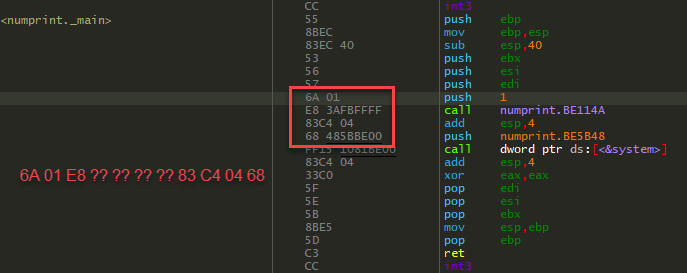

Users to provide their own verification function most users "shouldn't But there are a few newįeatures that should help clean things up.Īdding a t_verify_call() would allow advanced ThereĪre some other things that could be done, but that leads to "a bikeshed weĭon't have time for right now", Benfield said. The basic idea is to standardize and clarify the ssl module's API. Used for verification and other failures, Heimes said.

In addition, a small set of "sane exception objects" would be defined to be Would be something like a regular socket with two or three extra methods. SSLSocket for programs that need access to the socket itself. To wrap sockets using an SSLContext to produce an There is also a plan to create an abstract base class that will allow users Which Benfield also works on, will start using SSLContextĮverywhere in an upcoming release, for example. SSLContext objects, rather than take arguments for certificates, keys,Īnd other verification options. With, the standard library and third-party libraries should switch to using Has been added so that users can avoid the SSLContext() constructor.īenfield then went into some suggestions for the future. Several security enhancements to Python 2.7, which has been inīug-fix-only mode for some time. Certificate validation by default (from PEP 476) was Recently, though, the ssl module has gotten a bit better. Version of OpenSSL that Apple ships in OS X. Using features from OpenSSL 0.9.8, which is "ancient", because that is the latest Beyond that, ssl in Python is stuck with only So PyPy, Jython, IronPython, and others that do not support C extensions Terms and concepts from OpenSSL to the point that OpenSSL cannot be switched outįor a competing TLS implementation. Wrapper around OpenSSL and is tightly bound to that library. There is no "general-purpose API", Benfield said, it is really just a Private keys can only be loaded from a file there is no supportįor passing in a memory buffer or working with PKCS #11 for using the chain of signatures and certificates for the It does not provide access to the verification chain for aĬertificate (i.e. Part of the problem is that itĬannot decide if it is a high-level or low-level library, so it does a half Those are just a few of the problems, he said, there areīut the ssl module also lacks features. SSLContext() constructor is a bad way to get a context object,īenfield said. Must provide a custom factory to get verification. SSLContext object defaults to not verifying certificates users SSLSocket.getpeercert() call returns an empty dict instead ofĬERT_NONE when there is no peer certificate. In addition, the legacy API is "insane", Heimes said. Wrapped by ssl.SSLSocket, which is a subclass of socket.socket. _ssl._SSLSocket is wrapped by ssl.SSLObject, which is Much of that comes from the way it has grown and accreted newįeatures over the years. Javaīut the ssl module is "in a dire state", Benfield said, and it has "lots of Platform-specific variants for Python running on other frameworks (e.g. Various wrappers of non-OpenSSL TLS implementations, as well as There are alternatives to ssl, including pyOpenSSL,
UPDATE PYTHON 2.7.9 PATCHES DOWNLOAD
OpenSSL internally and is important so that pip can safely download The ssl module provides SSL/TLS support, Benfield explained. Which is an alternative to the standard library's ssl module. Problems that the module suffers from and discussed some plans for makingīenfield works at Hewlett Packard Enterprise on HTTP and HTTP/2 for Python Cory Benfield and Christian Heimes described some of the The opening session at the 2016 Python Language Summit concerned the ssl module in the


 0 kommentar(er)
0 kommentar(er)
